MAT2100 Assignment 2: Double Integrals, Work, and Vector Calculus
VerifiedAdded on 2022/10/04
|6
|610
|369
Homework Assignment
AI Summary
This document provides comprehensive solutions to MAT2100 Assignment 2, addressing a variety of calculus and vector analysis problems. The solutions begin with a double integral problem, involving sketching the region of integration and rewriting the integral with a reversed order of integration. The assignment then explores a force calculation problem on a rectangular plate where pressure is proportional to the square of the distance from a corner. Further solutions include calculating the work done by a force along a given path, proving the conservative nature of a force field and determining a potential function, and solving a second-order differential equation describing a spring system with friction, including finding both the general and particular solutions. Other solutions involve applying Green's theorem to calculate the area of a circle, analyzing vector properties such as length and orthogonality, determining the linear dependence of vectors using determinants, and finding eigenvalues and eigenvectors of a matrix. The solutions provide detailed step-by-step explanations, making it a valuable resource for students studying calculus and related topics.
1 out of 6

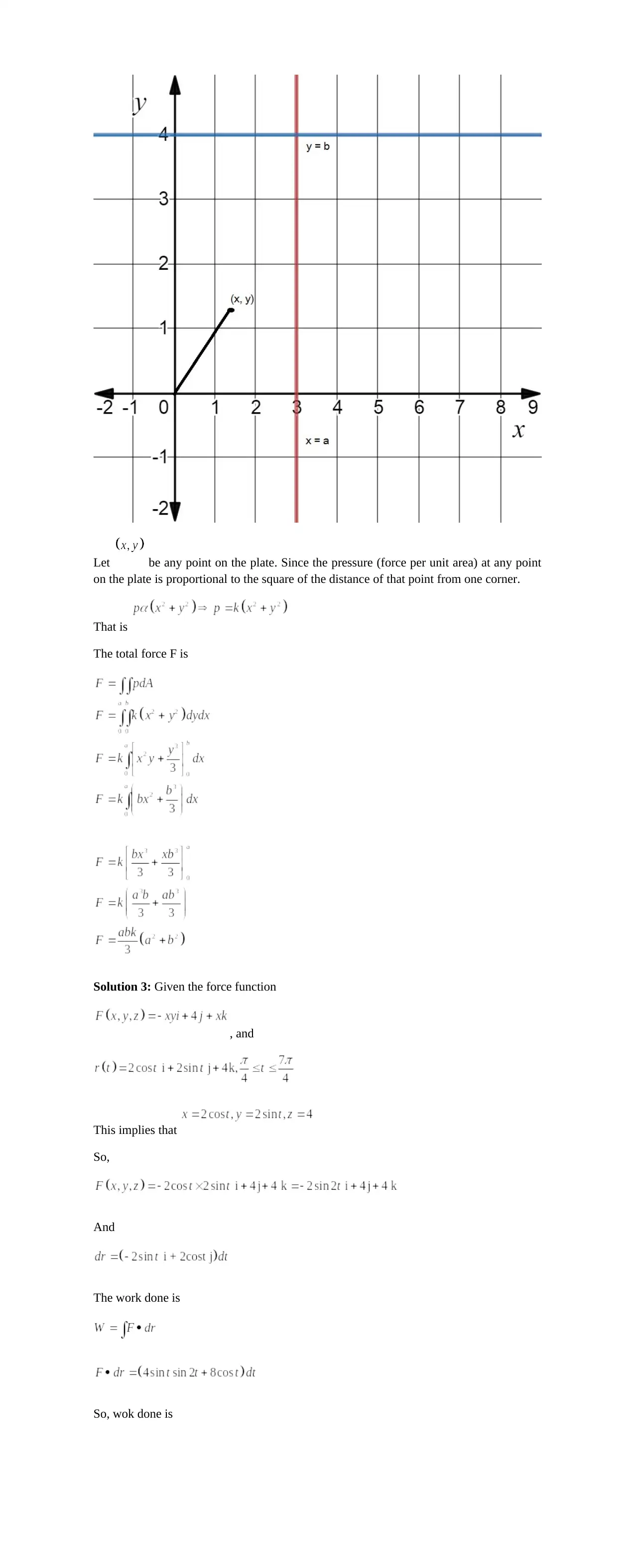
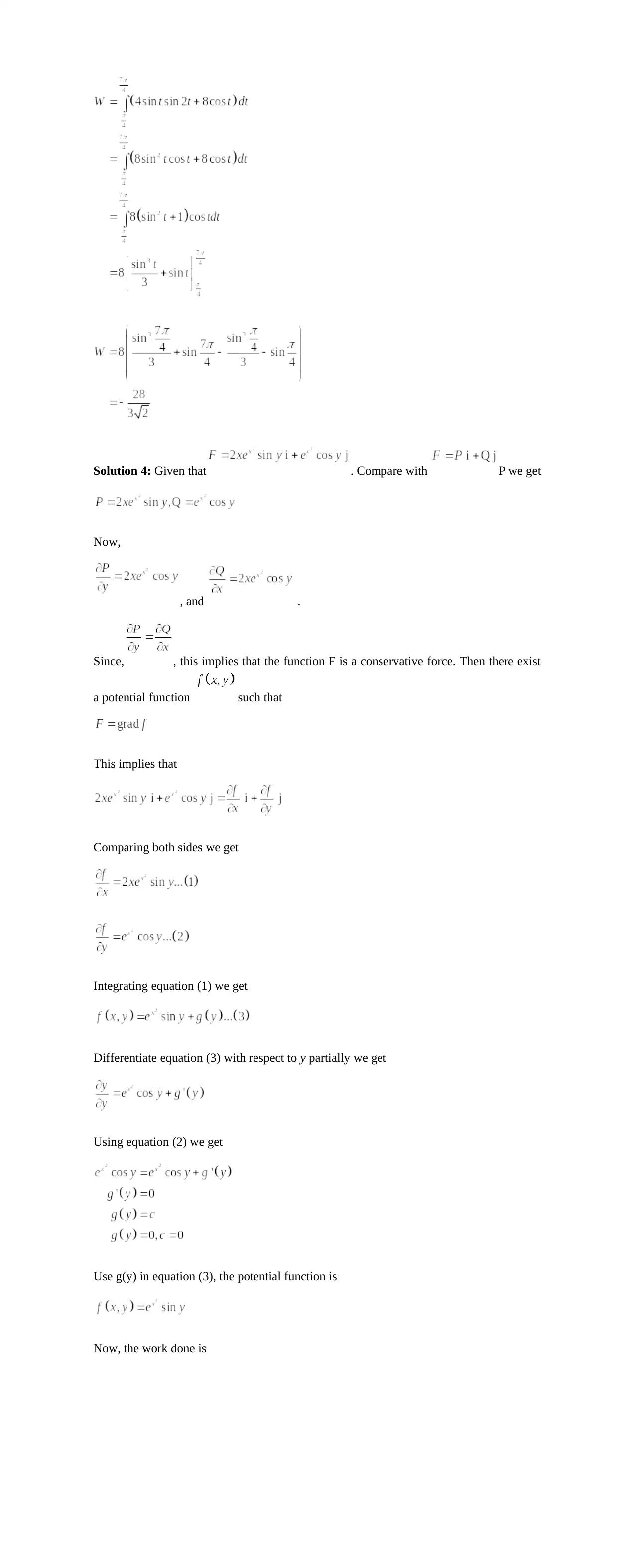

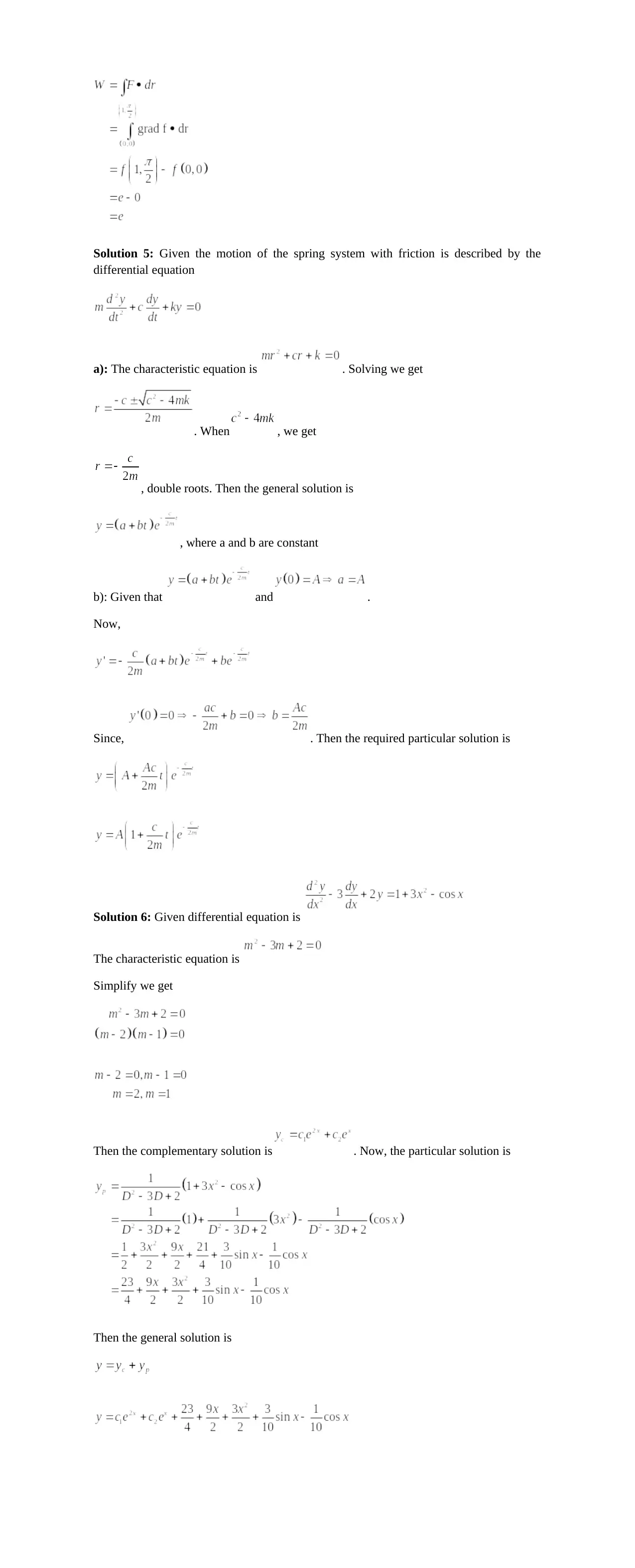
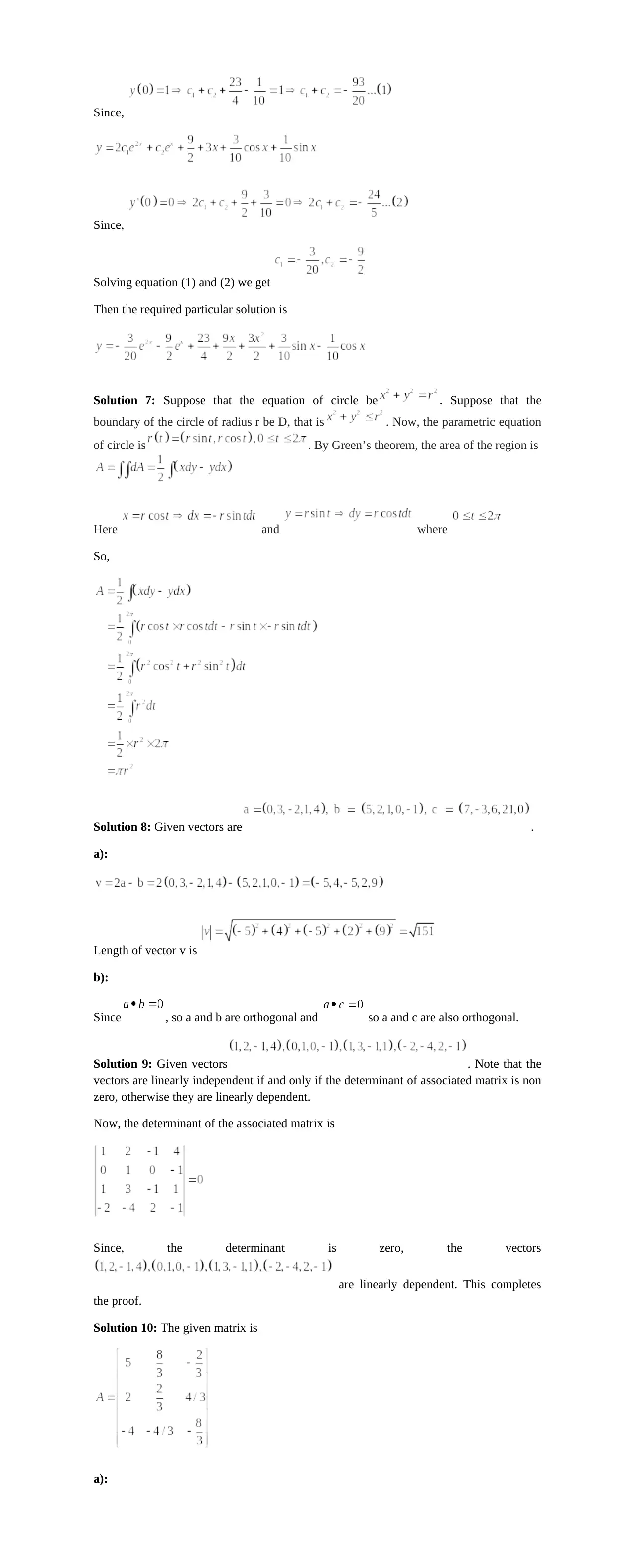
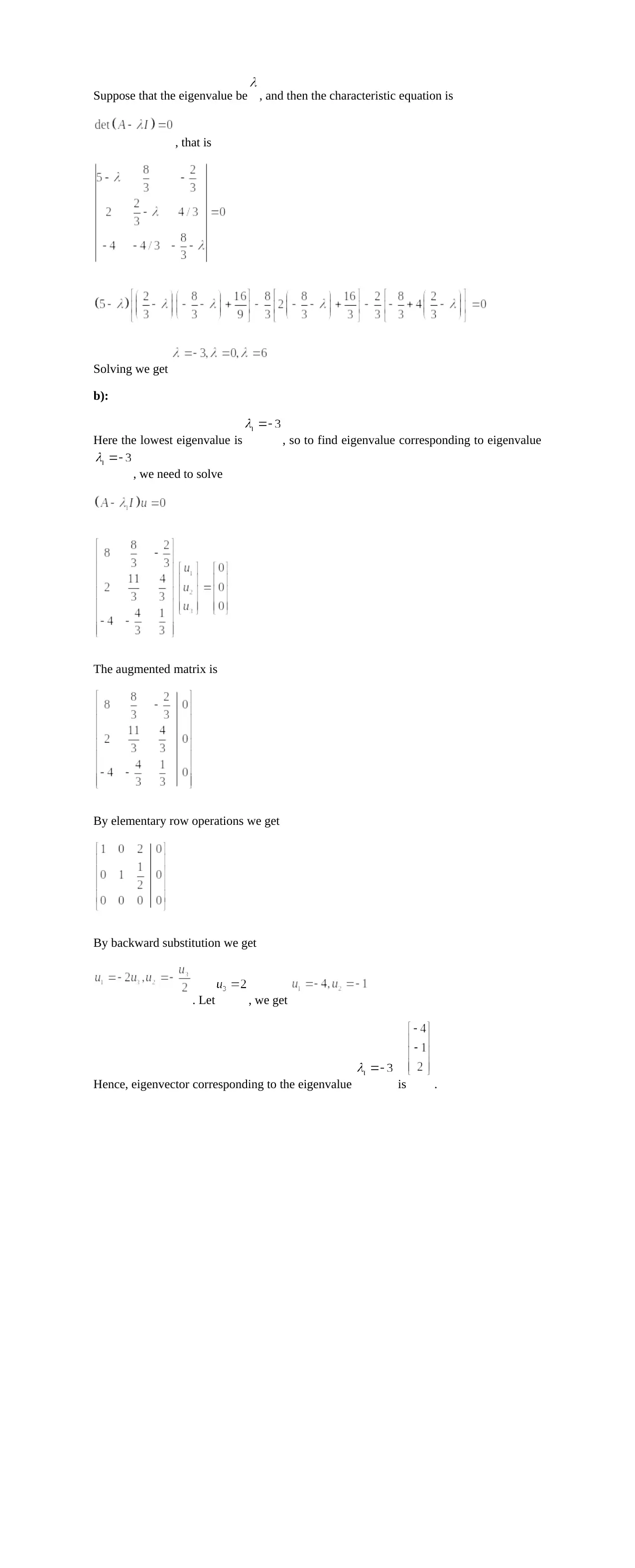






![[object Object]](/_next/static/media/star-bottom.7253800d.svg)